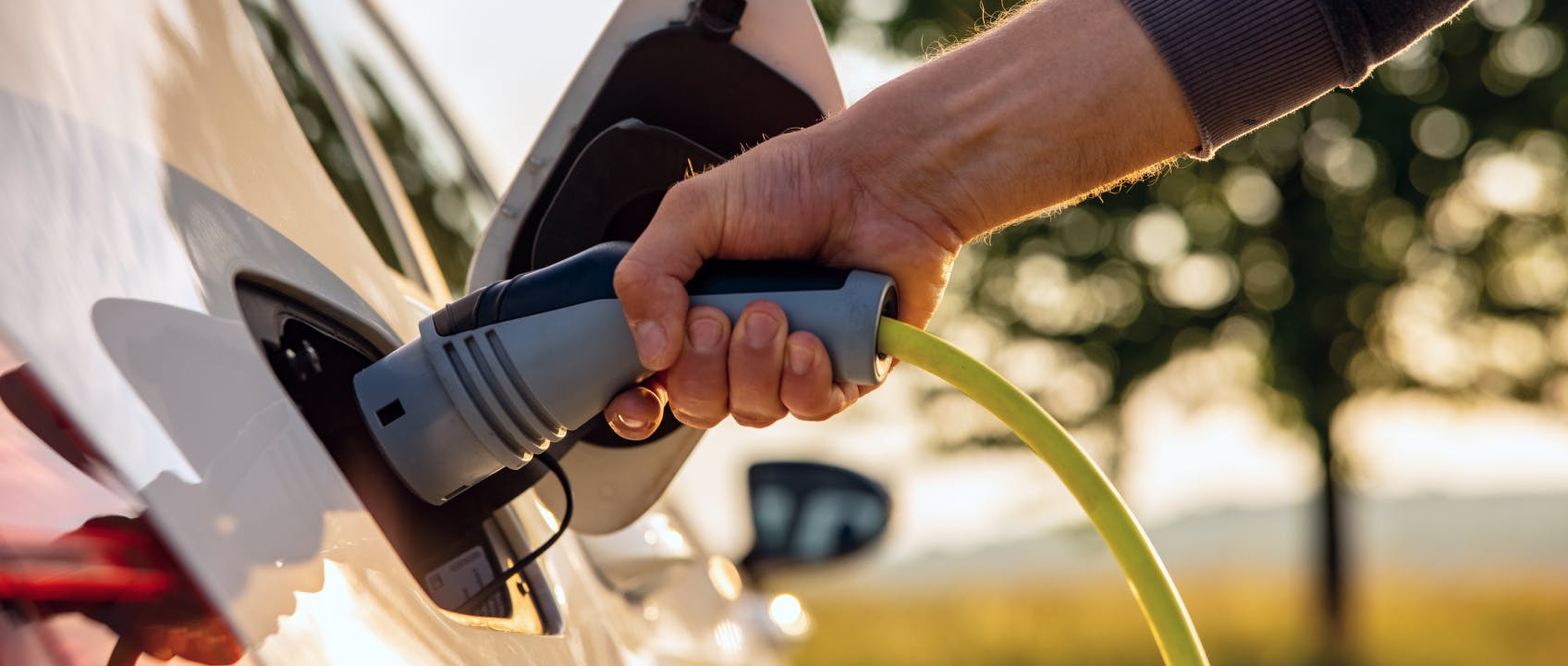How payment orchestration can help subscription economy's growth

Subscription economy is a term coined by Tien Tzuo, CEO of Zuora, in 2007 to describe the new wave of subscription-based businesses that has been growing at a very fast pace, especially in the world of Pay TV and streaming services.
Businesses that run on a subscription model or in the process of integrating a subscription product, need to handle recurring payments at a low cost and with high levels of performance and security for storing information. In fact, when we look at subscription businesses the first transaction that the customer makes on a website becomes even more important because its value goes beyond the one of the single purchase and encompasses all the subsequent subscription payments, meaning that the “customer life value” (CLV) is much higher from the start.
In this article we’ll look at how payment orchestration handles all aspects of recurring payments and effectively answers to the payment needs of subscription Ecommerce businesses.
The subscription economy market
Firstly, let’s have a quick look at the market of subscription model businesses, which in the past years has grown at a really fast pace. This is especially true for the SVOD (subscription video on demand) sector, which has experienced a huge increase in users that reached almost 1.2 billion worldwide in 2022; number that is expected to reach 1.6 billion by 2027.¹ When we look at music streaming, we can see growth over the years – from more than 680 million users in 2020 to 830 million in 2022, projected to reach 1.1 billion users by 2027.²
Streaming and VOD services in success in the UK, especially during the pandemic years, even though in 2022 its user base decreased slightly after a huge boom on some major streaming platforms. Still in 2023 the UK boasted the third highest VOD revenue after the US and China with more than 24 million users for VOD streaming.¹ The UK is also a leader in the music streaming market in Europe, and has generated a revenue of about $1.8 billion in 2022, and by 2027 the revenue will surpass $2.3 billion, thanks to the constant increase in users that from more than 23 million at the end of 2022 will reach 29 million by 2026.²
However, these sectors are not the only ones that are seeing an increase in subscriptions. In the United Kingdom and the US internet users are interested in subscription services for the following products: food grocery, coffee, pet products, clothes, alcohol, personal grooming products and many more.³ This shows how this booming business model is growing beyond the entertainment and media sectors and can be a good opportunity for a range of businesses in different industries, as subscriptions are becoming a new preferred purchase method for customers.
When we look at the reasons why consumers choose subscription services, 41% of the respondents of a study carried out by Royal Mail say it is for convenience, 47% for price.⁴
Benefits of subscription models for businesses
Businesses take advantage of subscription models because of many reasons:
- Customer life value
As mentioned before, recurring payments mean that the customer life value is higher from the first purchase of the product/ service. - Customer loyalty
Subscriptions build a stronger relationship between customer and brand, when this relationship is nurtured. - Consistent cash flow
Recurring payments ensure a consistent cashflow and allow corporates to budget more easily for the year ahead. - Upselling
Businesses that offer ongoing subscriptions can always upsell and leverage the existing customer base by offering more services or premium packages
The best payment processing for an effective subscription business model
When we look at the payment processing needs of a subscription model companies need to take into consideration the specific characteristics of the business. In fact, both local businesses and those with a more international customer base need to be able to provide international and local payment methods and currencies in order to allow people to access their business.
International and local payments
Local companies may need to intercept new foreign customers who come to the country and are looking to subscribe to the business with payment methods that may not be common in the region. However, for international businesses or those willing to scale internationally in the future, it is of utmost importance that the chosen payment processing providers allow customers to pay in their preferred currency and chosen payment method. This can be unrealistic to achieve by only relying on one payment provider, as they may not work in some target countries or not allow integrations with the payment methods preferred in a specific geographic region.
What choosing a multi-processor platform - what we now call a payment orchestration platform - means is that it allows businesses to switch to the most effective and geographically available payment provider and method depending on the single transaction. This way corporates can always ensure successful transactions to their customers, because if one provider fails there is a back-up one. Now this is beneficial for any business model, but it becomes extremely important for a subscription payment model since by missing the first payment all the subsequent ones are lost. Secondly, with recurring payments, if the PSP cannot process the transaction for technical problems or authorisation declines this might mean losing the customer.
Moreover, payment orchestration platforms help reduce time to market for businesses, when scaling internationally. In fact, being able to expand to new geographical regions/ age targets becomes easier when new payment methods, providers and acquirers can be integrated in the same processing platform.
Reducing transaction failures with tokenization
After a new customer jumps on board and manages the first transaction, what businesses need to focus on is making sure the following payments pan out smoothly and without friction in order to ensure a long relationship with the brand and product/ service. Although there are some aspects that a business has no control over, like insufficient funds on the customer’s card, many technical problems that may arise can be solved by working with a range of providers and by offering different methods of payments, like we mentioned in the previous example. However, another factor that plays a huge role is tokenization.
Tokenization is the service that allows costumers’ card information to be replaced by tokens (numerical or alphanumerical codes). This solution – which is part of payment orchestration - becomes extremely useful when subscribers’ cards expire, because the payment can go through even without the need for the costumer to provide the new card information to the merchant.
Increase payment authorisation rates
Another reason why the transaction can be turned down is due to fraud prevention policies and authorisations. With payment orchestration a business can increase the chances of a transaction being approved by the acquirer and therefore decrease the number of failed transactions due to this reason. In fact, the smart routing of the orchestration platform redirects the payment to the acquirer with the highest approval rates in that specific geographic region from that specific issuer, increasing the chances of getting the transaction approved.
Finally, the subscription business model is becoming more and more frequent and customers are getting more accustomed to it and even prefer this method in many occasions compared to one-off purchases. Because of this, businesses need to be prepared to handle recurring payments in the most efficient way in order not to miss the first payments and make sure the subsequent ones go through without technical issues. Payment orchestration solves many of these problems and allows businesses to scale as it answers to the changing needs in terms of payment processing.
Sources
Video Streaming (SVoD) - Worldwide, UK | Statista, 2023.
Music Streaming - Worldwide, UK | Statista, 2023.
Share of internet users in the United States and the United Kingdom (UK) who would be interested in buying a monthly subscription to the following in the next 3-6 months 2020 | GlobalWebIndex.
Why do UK consumers use subscription services? | Royal Mail.
Our insights

Integrating PISP services into the ERP system: invoice and payment reconciliation on a single platform

Why Open Finance and Embedded Finance are transforming the Energy & Utilities sector in the UK




